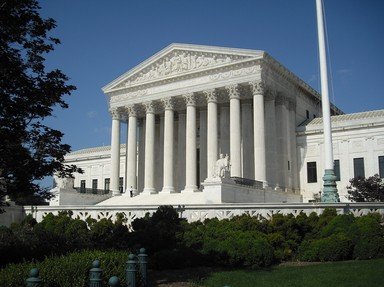Quiz Answer Key and Fun Facts
1. Much abortion law stemmed from the writings of what Supreme Court Justice who wrote opinions in Akron and Casey?
2. Who wrote the opinion in Griswold v Connecticut (1965)?
3. Roe v Wade was decided by what margin?
4. Which of the following mean 'relevance' or 'staleness' and have to do with the timing of the case?
5. What year were arguments concerning Stenberg v Carhart heard in front of the Supreme Court?
6. Who was the Chief Justice in 1999?
7. What did Lochner v New York (1905) deal with?
8. What did FDR want to do to the Supreme Court during the Depression?
9. Which case was about a law that forbade parents from sending their children to private schools?
10. What was Sandra Day O'Connor's first reproductive rights case on the Supreme Court?
Source: Author
ladymacb29
This quiz was reviewed by FunTrivia editor
stedman before going online.
Any errors found in FunTrivia content are routinely corrected through our feedback system.

